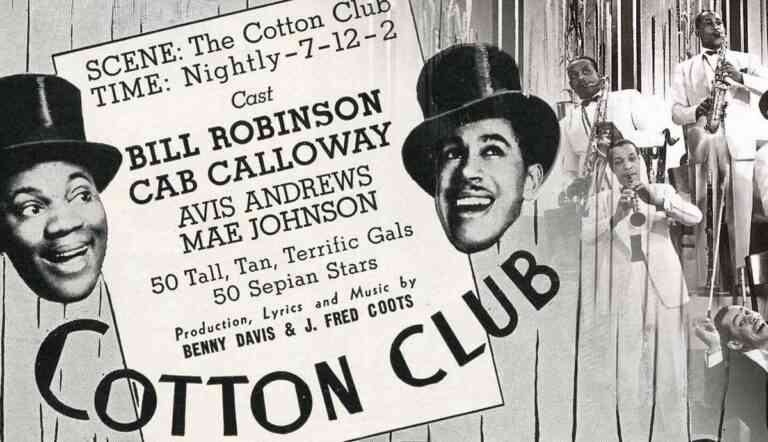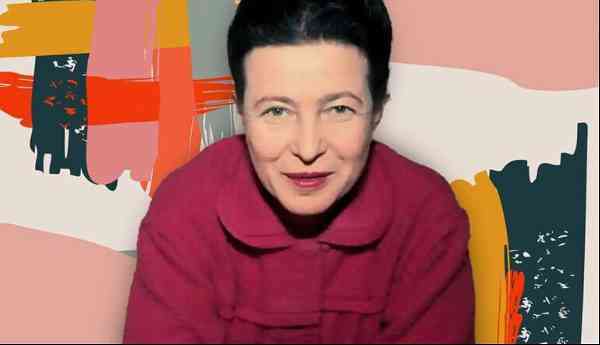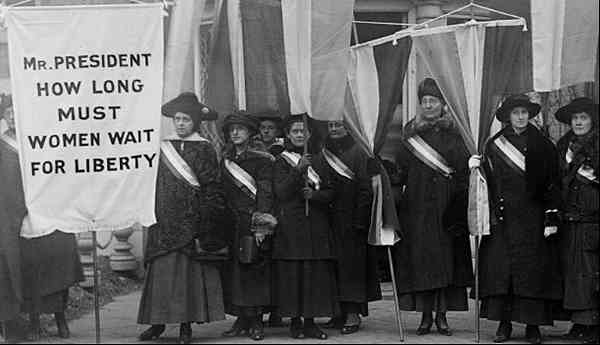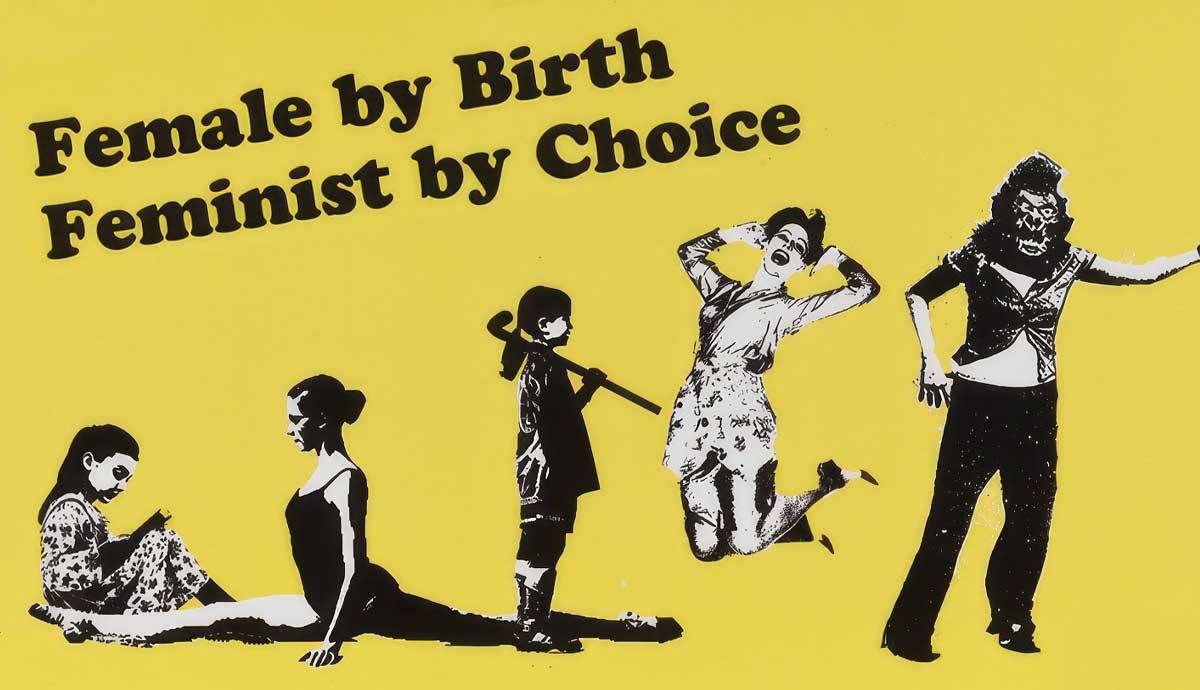
Feminism is a broad term that refers to various points in history when women have fought for greater equalities in politics, economics and culture, and it is an ongoing battle that continues today. Because feminism covers such a broad area of history, spanning the 19th century to today, some historians since the 1960s have divided the American strands of the movement into four distinct stages, or ‘waves.’ In each supposed phase, women have geared their activism towards certain freedoms, in relation to society’s expectations of them during the time.
Not everyone believes feminism should be divided in such a way; some critics argue it is an oversimplification of history, ignoring the complex and conflicting sub-group that have existed throughout history. Yet others believe it can be a helpful way of seeing a broad overview on the history and evolution of feminism. Below, we outline these four waves of feminism that can be a helpful introduction to the movement.
First Wave: The Suffragettes and Voting Rights

The first wave of feminism spanned 1848-1920, the era of the suffragettes. Women fought violently and vociferously for the right to vote, staging violent and attention-grabbing protests throughout the Western world as a means of making themselves heard at a time when they had little agency and few political rights. In 1920, the American Congress finally gave women the right to vote, passing the 19th amendment. However, the movement was focused exclusively on white women’s rights, and it wasn’t for several decades that Black women and other women of color would gain such similar freedoms.
Second Wave: Women’s Liberation
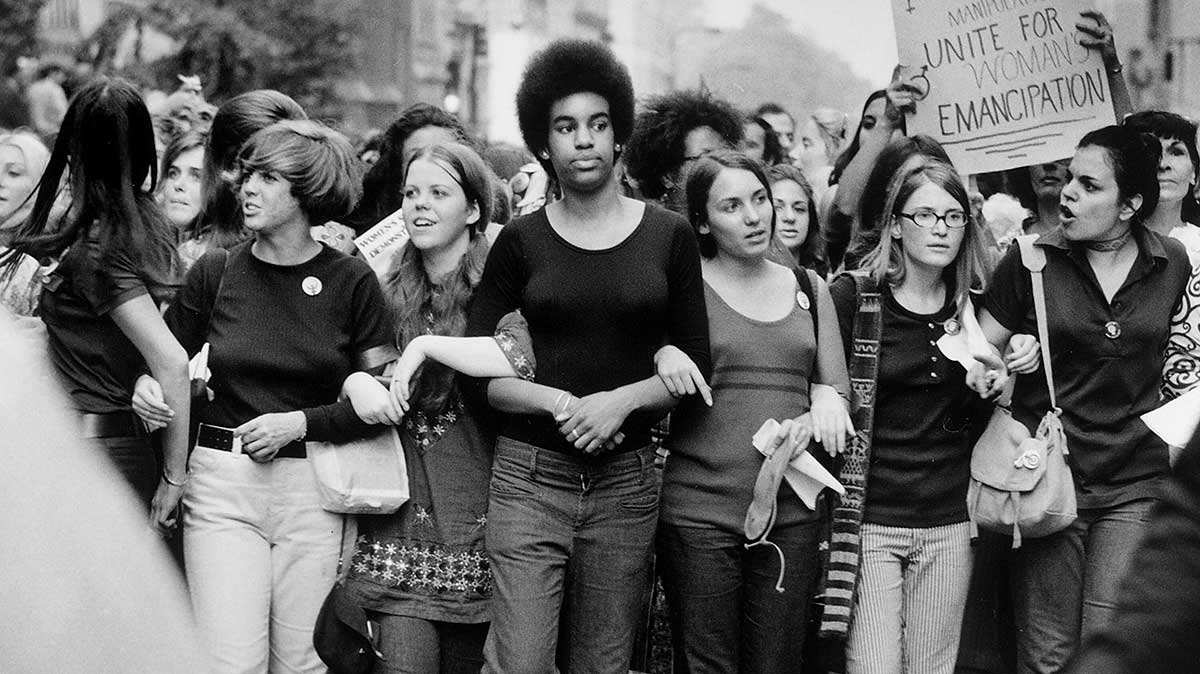
The supposed second wave of feminism covered the pivotal historical period of 1963 to the 1980s, a time when women were calling for the prescribed gender roles of men and women to be re-evaluated. Many women rejected society’s expectations on how they should look and behave, deliberately refusing to wear sexually provocative clothing or make-up, and staging bra-burning interventions.
Get the latest articles delivered to your inbox
Sign up to our Free Weekly Newsletter
In the wake of Betty Friedan’s best-selling book, The Feminine Mystique, published in 1963, women pushed against society’s expectation that they should become wives and mothers, and argued for greater equalities between the sexes with a series of staged protests and marches. Throughout the 1970s, activists including Gloria Steinem and Bella Abzug led the women’s liberation movement through the National Women’s Political Caucus. They gained traction through the Equal Pay Act of 1963 and Roe v. Wade in 1973. There was still disparity between the races, as addressed by groups including the National Black Feminist Organization (NBFO).
Third Wave: Intersectional Feminism
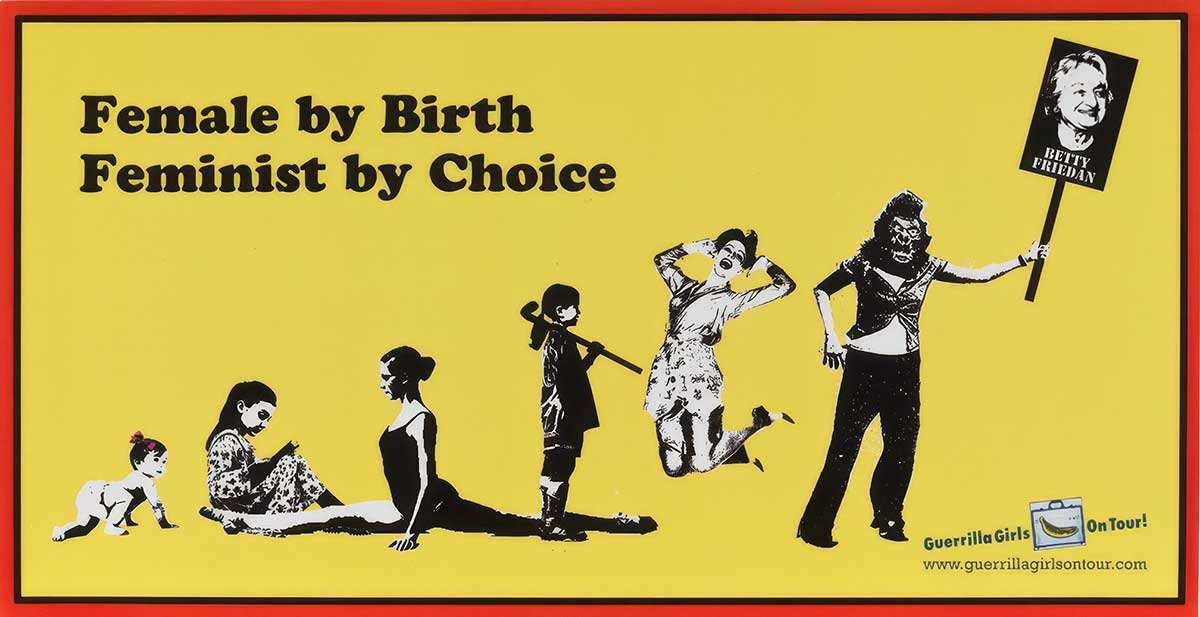
Throughout the 1990s a new branch of feminism arose in relation to postcolonialism and postmodernism. Having gained some ground in the political sphere, women of this era fought for greater individuality and power, pointing out entrenched, institutionalized sexism such as workplace harassment, pay disparities and social exclusion, challenging it head on with a series of protests and marches. Various protest groups including the Guerrilla Girls and the punk rock riot grrls reclaimed their sexuality by dressing and behaving in deliberately feminine ways. Third wave feminism was also more inclusive of race, class and gender, an attitude gender theorist Judith Butler called intersectional feminism.
Fourth Wave: The #MeToo Era and Beyond
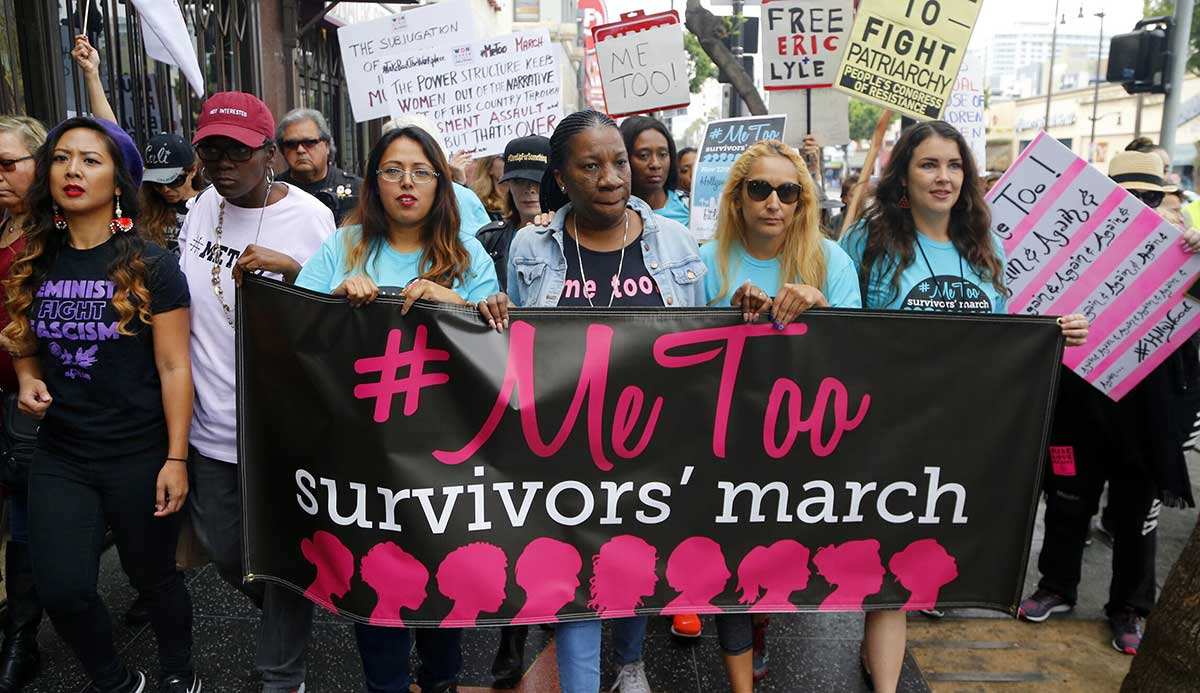
Fourth wave feminism is understood as a continuation of the third wave, as women continue to fight against many of the same issues around entrenched sexism. Having already been launched by Tarana Burke in 2007, the #MeToo movement became a worldwide phenomenon in 2017 following the Harvey Weinstein scandal, while the TIME’S UP group was established in 2018 by women in entertainment in order to tackle the most pressing gender issues around safety, pay and dignity in the workplace. Women today continue to fight for fair, equal treatment across the workplace and society, as well as inclusivity, particularly at a time when gender politics are at the forefront of the political sphere.
